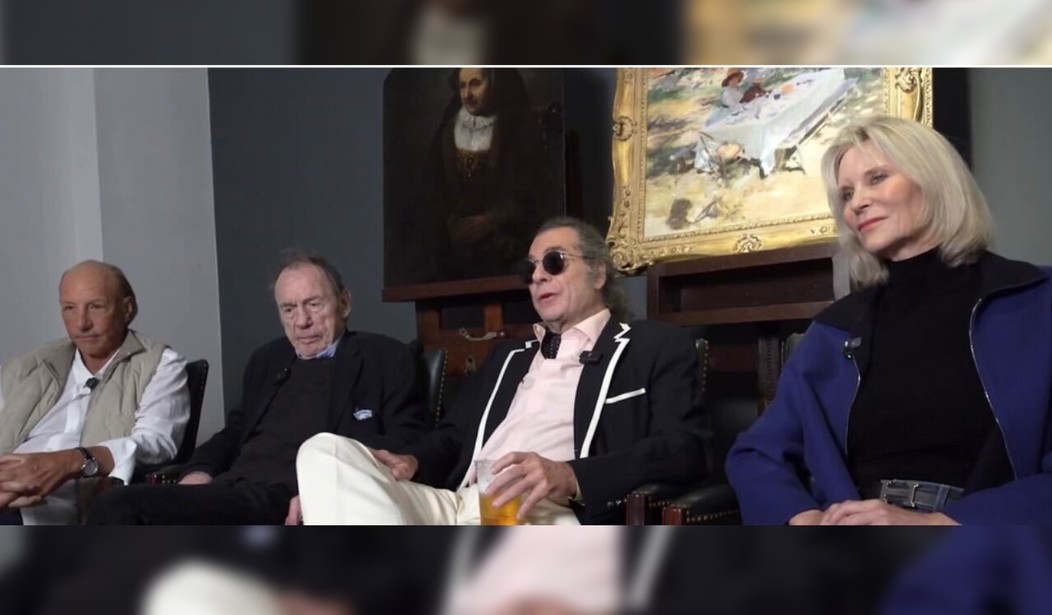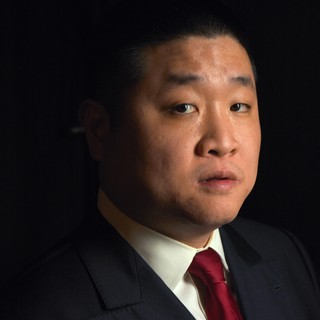Millions of Americans visiting museum collections and galleries throughout the world each year are totally unaware of the seedy underside of the multi-billion international dollar art market.
Most art enthusiasts are ignorant of the corrupt business practices among major players in the art establishment, who have colluded over recent decades to form cartels, which industry critics have labeled "Big Art."
At an art panel discussion two weeks ago. I met with Tod Volpe, a 50-year veteran of the industry, his colleague, Wendy Fritz, a member of the Getty family, the art critic, Anthony Haden-Guest, and Douglas Dechert, a former reporter at the New York Post and investigative journalist at various art publications who has covered the corruption and criminality in the art world.
The art sector has been manipulated for years in favor of well-connected billionaires, to the detriment of non-connected outsiders, who are often charged exorbitant fees by "experts" and auction houses to sell their art on the market.
"The players in Big Art are an 'establishment' which includes the management and boards of thousands of massively endowed museums, auction houses, major galleries, powerful brokers and art publications that conduct the trillion dollar international art market," said Dechert.
"The major auction houses are nominally competitors, but they function as a cartel with a history of price fixing scandals between them and they participate in systemic collusion with their cronies in the extortionist 'authentication' rackets," he added.
Dechert further noted that some of the same people who run the art cartels are the ones involved in pushing "woke" ideology in the media, schools, and corporate boardrooms.
"Because art is intrinsically political, these players are all political too...as in: they're all on board with the globalist agenda," he said.
Fritz, who was a Palm Beach gallery owner, also highlighted numerous instances of fraud, manipulation, and attempts by the art establishment to silence criticism over the years,
She and Volpe have been stressing the need for improved transparency and some form of regulation of the industry.
"Art is the only unregulated business that I know of in the world outside of the illicit drug business since the public had to be protected from criminal abuses in the stock and real estate markets over a hundred years ago," said Volpe.
"Every industry has to have some kind of some kind of clarification, but in our business, we pretty much did anything at any time to anyone," recalled Volpe, who has been in the art business since the '70s and is now trying to clean it up.
"We would lie about what we buy things for, or we would make up stories about where these works came from," he said.
Volpe said that his perspective as a former insider turned outsider, gave him a unique perspective of his industry's business practices.
He said that corruption in the industry has always existed, but the billions poured into the industry over the past few decades have led to a speculative bubble that has perverted its entire focus.
Volpe noticed the shift during the 1990s when art gradually became a global commodity among the global billionaire class with the willing collusion of the establishment.
Billionaires, organized crime, big media, the political establishment, art industry insiders, and Wall Street have all formed a vested interest in the current system and a trillion-dollar industry that is too big to fail.
He warns that the corruption in the art world will take down the entire industry, as many major auction houses are in debt and would not be able to pay their creditors in a major economic downturn.
The former insider added that many in the art profession are unwilling to clean up a business from which they are on the take, and most fear exclusion from the business by their peers if they speak out too much.
In 2006, Volpe's making of the documentary, "Who the #$&% is Jackson Pollack?" led him to assist people having trouble selling or having art that they own authenticated due to opposition of members of the art establishment.
Certain works by famous masters have been prevented from being sold on the market over the years due to various interests in the industry who see outsider sales as a threat.
Volpe is currently assisting a client with this masterpiece by Sargent that the art world refuses to validate even though Sotheby's sold the painting years ago with solid evidence of its validity.
A young Sargent allegedly painted the work when he was a guest of Claude Monet in France during the 1880s. It was later sold at Sotheby's in 1959 and featured in published catalogs of the period. Many years later, the sole surviving daughter of the man who bought the painting returned to Sotheby's in the 2000s to sell the Sargent she inherited.
"Sotheby's tells her [that] even though the painting was sold, even though it's pictured in all these wonderful books, The Museum of Modern Art, has all these letters and all the documentation," she needs to have the current person running their catalog to approve it before they would allow it to be listed," said Volpe.
When the woman took the painting to the catalog committee, the committee refused to give it a certificate and rejected the painting's legitimacy without any explanation.
"I don't know why they rejected the Sargent. Maybe because they disliked her; maybe because they had questions about the painting. I don't know, but they didn't give her any reasons why and they just said sorry, we can't do it. We're not gonna put it in the current catalog, even though it has all of this wonderful documentation," said Volpe.
Haden-Guest, who examined the painting and the accompanying documentation, commented, “I do not see any reason why this painting cannot go into the market as real.”










Join the conversation as a VIP Member